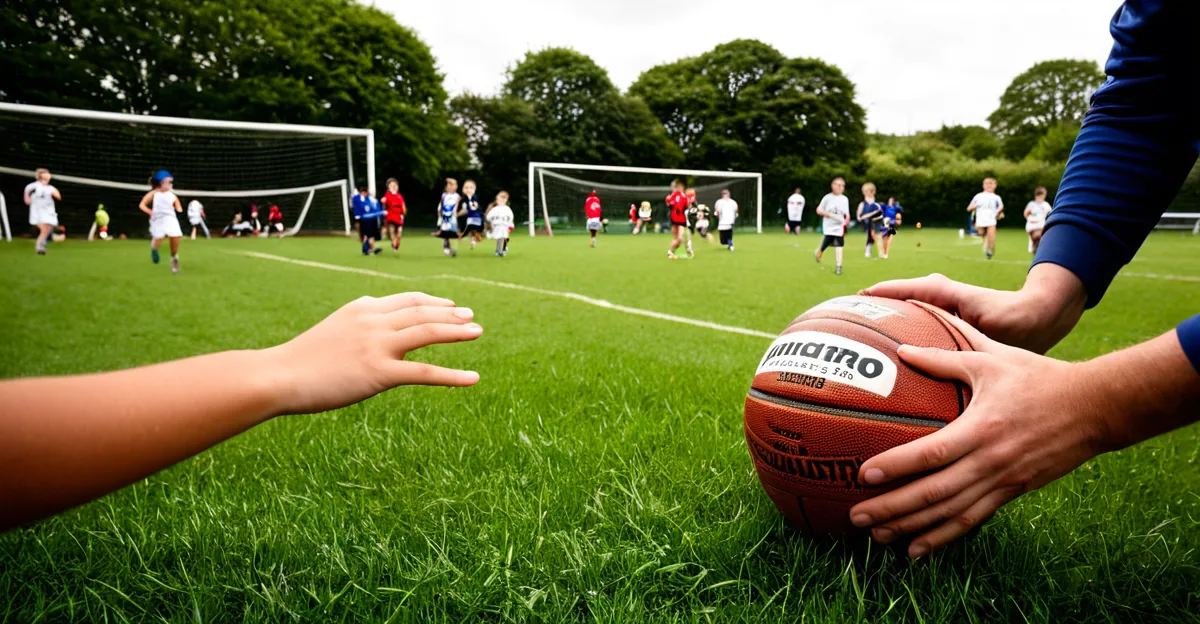The Impact of Grassroots Sports on Physical and Mental Health
Grassroots sports provide vital physical activity that directly improves youth health UK-wide. Engaging regularly in such activities helps children develop cardiovascular fitness, muscular strength, and coordination. This active participation also combats sedentary lifestyles, reducing risks of childhood obesity and related health issues. For example, UK government data shows that children involved in grassroots sports meet recommended daily physical activity levels more consistently.
Beyond the physical, grassroots sports significantly enhance mental wellbeing among young people. Participation promotes mental resilience and reduces stress by offering social interaction, structured routine, and an outlet for emotional expression. These benefits are crucial during adolescence, a stage marked by heightened vulnerability to anxiety and depression. Studies confirm that youths engaged in sports report better mood and lower symptoms of mental health disorders.
Additional reading : How Are British Athletes Shaping Future Trends in Sports?
Youth health UK initiatives emphasize integrating grassroots sports into daily life to foster holistic development. The government recommends at least 60 minutes of moderate to vigorous physical activity daily, achievable through grassroots opportunities. This dual impact—on physical and mental health—makes grassroots sports a foundational pillar for promoting healthier, happier youth across the UK.
Building Essential Life Skills and Social Inclusion
Grassroots sports play a crucial role in fostering teamwork, leadership, and resilience among young people. Through regular participation, youth develop essential character-building skills by working collaboratively in teams and learning to face challenges. These experiences contribute significantly to youth development, equipping children with the confidence and social tools needed beyond the playing field.
Topic to read : What Challenges Will UK Sports Face in the Coming Decade?
Moreover, grassroots sports actively promote social inclusion by breaking down barriers related to race, disability, and economic status. Diverse groups come together in community sports settings, helping young people learn respect and empathy for differing backgrounds. This inclusive environment not only supports individual growth but also strengthens community ties.
Examples from UK grassroots initiatives demonstrate how sports act as a bridge between disparate social groups. For instance, local clubs often engage neighbourhoods and schools in integrated programmes, fostering a sense of belonging and reducing social isolation. These initiatives highlight the power of grassroots sports benefits in creating more cohesive and supportive communities, while also enriching youth development through meaningful social interaction.
Strengthening Communities and Fostering Social Cohesion
Grassroots sports have a profound role in community development by uniting neighbourhoods and encouraging positive youth engagement. Local sports clubs provide safe, inclusive spaces where young people connect, reducing opportunities for anti-social behaviour. Through shared goals and team spirit, grassroots sports benefits extend beyond individuals, building collective pride and social bonds.
Studies of UK community programmes reveal how these clubs actively foster cohesion. For instance, integrated sports initiatives in urban areas bring together diverse cultural and economic groups, promoting mutual understanding and respect. This interaction strengthens community fabric by addressing social tensions and fostering a sense of belonging.
The grassroots impact is not just immediate but enduring. Communities involved in regular sports activities report improved well-being and greater civic participation. This long-term effect underscores the importance of encouraging youth engagement through grassroots sports, making them powerful tools for social cohesion and community resilience.
In summary, grassroots sports act as a catalyst for stronger, more connected communities by engaging youth in positive activities that build trust, reduce isolation, and enhance overall community wellbeing.







